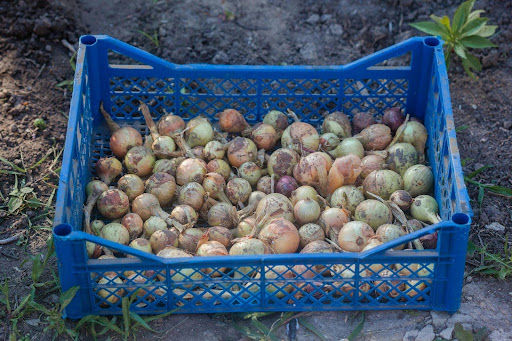Pest Control in Mushroom Production
- Micah Hutchison

- Mar 26, 2024
- 2 min read

Mushrooms are a popular commodity for growers. Many mushrooms are versatile and well suited for both outdoor and indoor productions. There is a market for mushrooms, with many consumers buying both fresh and dried mushrooms for home consumption. For growers covered under the FSMA Produce Safety Rule, mushrooms are considered covered produce. This means mushroom growers must follow the provisions set by the rule as they would for any other covered crop. Though both indoor and outdoor facilities must follow Subpart L of the rule, the practices look a little different depending on where the mushrooms are grown.

For indoor growers, the rule states that fully enclosed structures must take measures to exclude pests from buildings. A great first step in ensuring that pests are excluded from these fully enclosed structures with the creation of a pest management program. A good pest management program may include policies, maps, SOPs, and will include recordkeeping. Indoor facilities should monitor their building regularly for cracks, broken seals, and any openings that may allow pests inside. Traps are a way to assist in monitoring programs. If used, traps should be set along walls, where pests travel and monitored frequently for signs of pests.
Outdoor growers are not expected to completely exclude pests from their open or partially enclosed structures used for covered activities. Under the FSMA Produce Safety Rule these growers must ensure that pests do not become established. Along with a good monitoring program, deterrents may help growers minimize wildlife living in production areas. Fencing/netting, noise cannons, decoys, spikes, and repellents are all options to deter wildlife from becoming established.
Both indoor and outdoor growers benefit from some of the same practices. Growers should invest in maintaining vegetation outside of areas used for mushroom production and farm activities. By reducing the vegetation and vegetative piles outside of the facilities, growers can help deter pests from establishing nearby. Cull piles both indoors and outdoors should be checked and changed frequently to reduce attracting pests. All growers should monitor their facilities for signs of pests including poop, tracks, and signs of animals nesting. Growers should implement a recordkeeping program and keep records to assist in their monitoring program.
Pest management is a part of the FSMA Produce Safety rule. All growers must take measures necessary to protect produce and food contact surfaces from pests. If you have questions on your pest management program or are interested in developing a pest management program, please visit miofps.org for more information.
Article by Micah Hutchison, Produce Safety Technician


